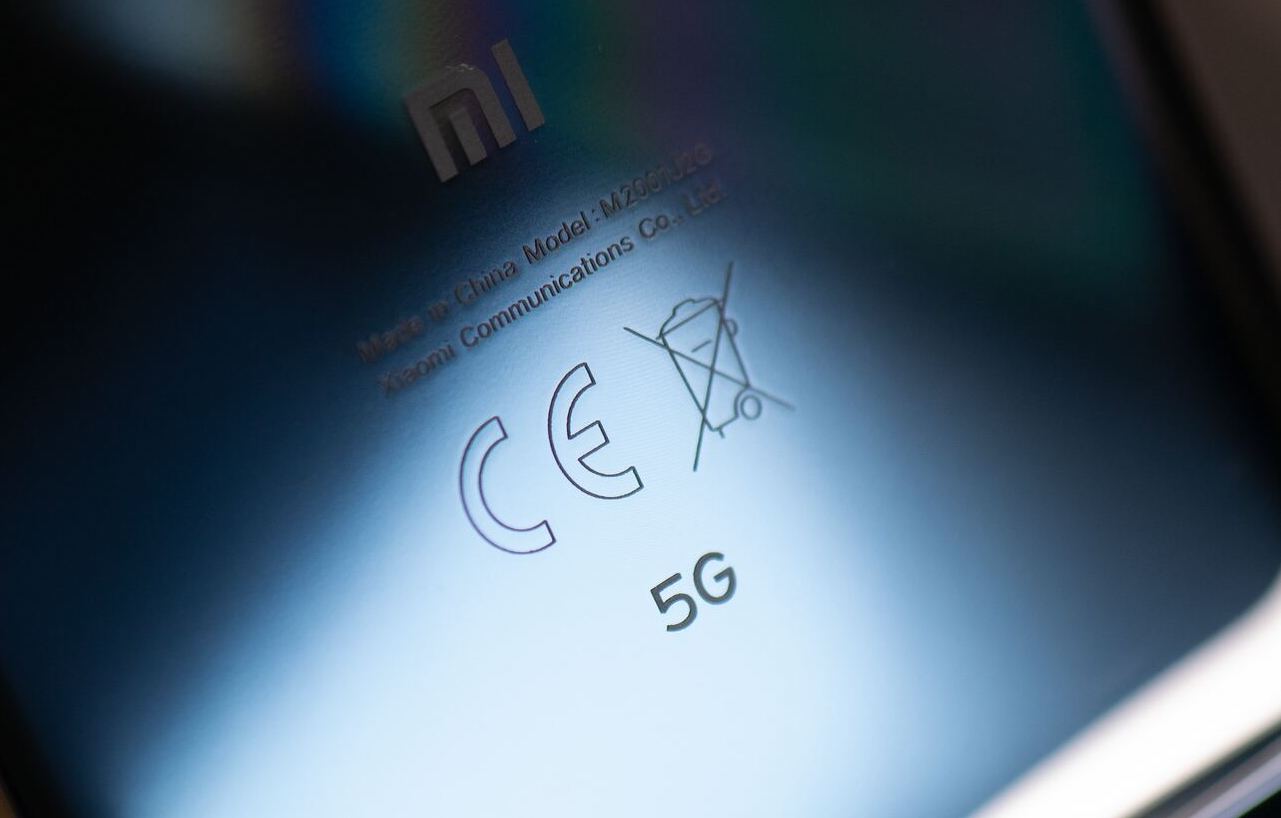The arrival of 5G technology has sparked a digital revolution, promising unprecedented speeds and connectivity for our increasingly data-driven world. To make this vision a reality, telecommunication companies are facing the monumental challenge of deploying 5G infrastructure on a global scale. However, with the complexity of the network's high-frequency bands and the need for seamless coverage, mapping technology has emerged as a vital tool for successful 5G network installation. At its core, mapping, particularly Geographic Information Systems (GIS), is an innovative technology that captures, organizes, and analyzes geospatial data. While it has been employed in various industries, its role in the 5G revolution is taking centre stage. By integrating GIS into network deployment strategies, telecom companies can optimise the placement of 5G base stations, enhance signal strength, and ensure comprehensive coverage in urban and rural areas alike.
Preview and download large areas of the UK here
Predicting Signal Propagation
One of the most significant challenges of 5G network installation is predicting the propagation of higher-frequency radio signals. Unlike previous wireless technologies, 5G relies on millimeter-wave frequencies, which provide faster data speeds but have limited range and can be easily obstructed. Through advanced GIS modeling, telecom companies can analyze the terrain, building structures, and surrounding environment to predict signal strength accurately.
By mapping out obstacles such as buildings, trees, and geographical features, network planners can identify potential dead zones and strategically position base stations to maximize coverage. This predictive approach empowers companies to optimize the efficiency of 5G networks, reducing signal interference and ensuring a seamless user experience.
Efficient Site Selection
Selecting the optimal locations for 5G infrastructure is a complex puzzle that demands careful consideration of several factors. Population density, user demand, existing infrastructure, and regulatory requirements all play a role in determining the ideal sites for base stations and antennas. GIS becomes the telecom company's virtual urban planner, providing a visual representation of data points critical for site selection.
By mapping population hotspots, traffic patterns, and current network coverage, decision-makers can identify areas with the highest demand and prioritize network deployment accordingly. Additionally, GIS aids in avoiding network congestion, minimizing interference, and maximizing the utilization of resources.
Navigating Regulatory Compliance
The installation of 5G infrastructure is not without its regulatory challenges. Local, regional, and national regulations govern antenna height restrictions, electromagnetic radiation levels, and environmental concerns. As a result, telecom companies must carefully navigate these legal complexities to ensure compliance while maintaining efficient network deployment.
Here, GIS emerges as an indispensable tool in the decision-making process. By integrating geographic and regulatory data, telecom companies can visualise the impact of proposed installations, ensuring that every aspect of 5G network deployment aligns with local regulations and community expectations. The transparency offered by GIS fosters trust and collaboration between telecom providers, regulators, and the public, mitigating potential roadblocks and facilitating smoother installation processes.
Asset Management and Maintenance
The operational success of a 5G network hinges on the seamless functioning of numerous assets, including antennas, towers, and network components. Efficient asset management and proactive maintenance are paramount to ensuring the network's reliability and optimizing its performance.
Once again, GIS steps up to the plate as a powerful asset management tool. It provides a comprehensive view of the entire network infrastructure, mapping out the location and status of each element. Telecom companies can use this data to plan maintenance schedules, detect potential issues in real-time, and dispatch technicians promptly. The ability to respond swiftly to maintenance needs minimizes network downtime and enhances overall network performance, thus delivering a superior user experience.
Conclusion
As the world races towards a more connected future powered by 5G technology, the role of mapping, particularly GIS in network installation, cannot be overstated. By accurately predicting signal propagation, optimising site selection, navigating regulatory compliance, and facilitating efficient asset management, mapping technology serves as the backbone of successful 5G deployment. The precision and versatility offered by GIS empower telecom companies to make data-driven decisions, overcome deployment challenges, and deliver 5G networks that cater to the demands of our rapidly evolving digital society. As the technology continues to evolve and expand, mapping will remain a key enabler of the 5G revolution, driving us towards a future of unparalleled connectivity and innovation.
MapServe® is a great provider of OS data that is useful to telecom companies such as OS MasterMap®, aerial photography and UPRN data. Read here how a telecoms company uses our mapping service and how you can easily access mapping data of Great Britain in order to establish access points for on-site visits and much more.



